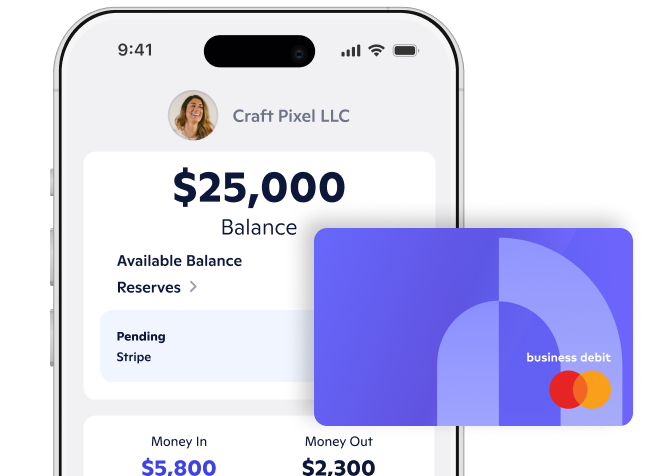
fter years of working for others and having my energy drained, I realized something needed to change. Sure, there were benefits like someone else handling my taxes. But even on the best days, I didn't love the work.
After some soul-searching, I found my calling as a leadership coach and signed on with a training program that helped me get started. They had me working with my own clients right away. No messing around. And that helped me avoid one key financial trap I might have otherwise fallen into: “I’ll start my business when I have my finances in order.”
As my book—How to Start When You’re Stuck—will tell you, the most important thing is to start. Things will begin to change once you get started, even if you're only dedicating a few minutes a week. That’s almost always the most important thing to consider when beginning a new venture. And, after some pain, that’s what proved to be the turning point with my finances too.
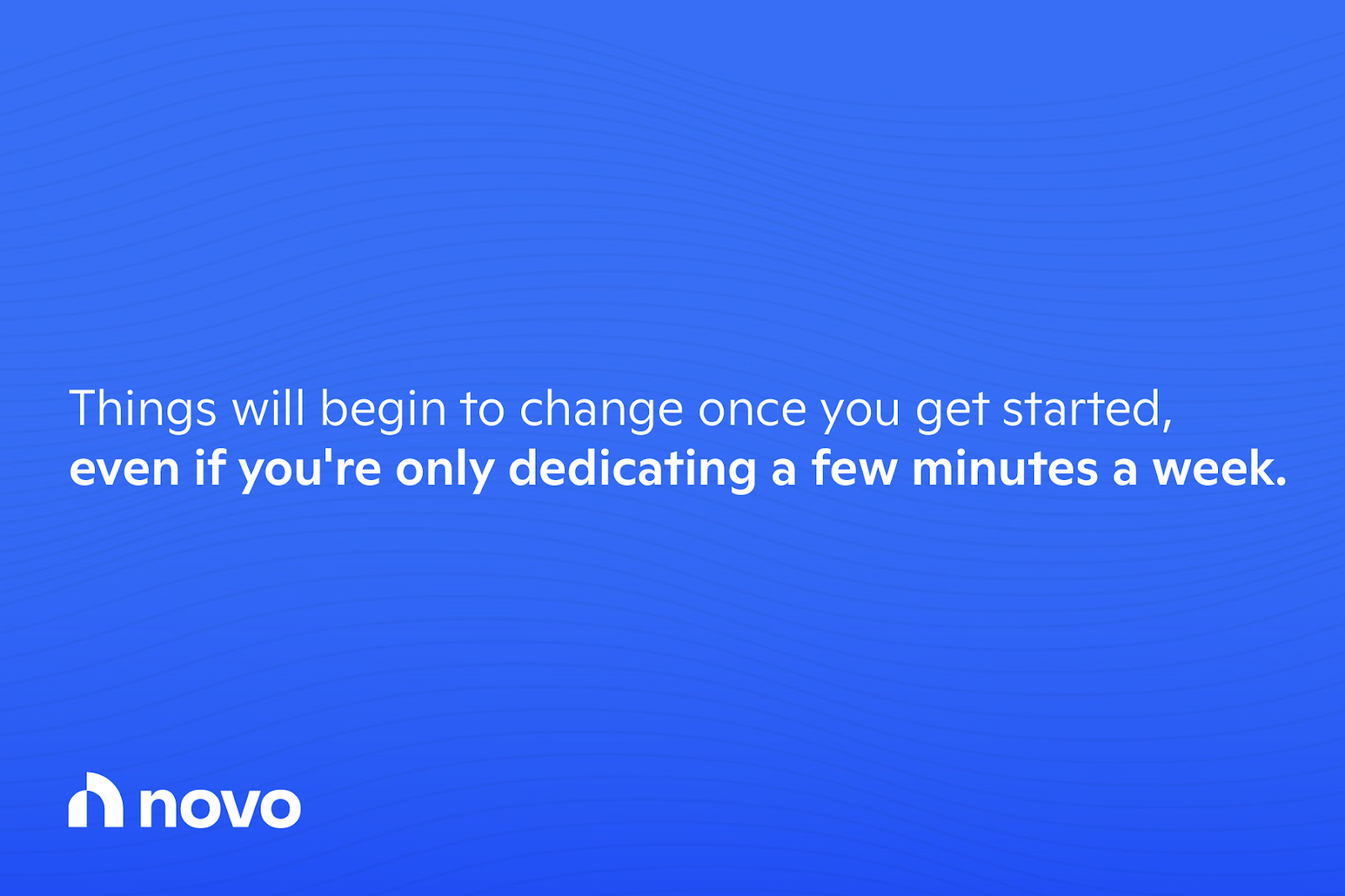
Fast forward a few years, and my business was in decent shape, but my finances weren’t. It wasn’t that I didn’t know what I was supposed to do—open a business account, save for taxes and downturns—I just wasn’t doing any of them. I don’t even remember how I paid my tax bill, but I do remember that the thought of it caused me stress all year round.
The shift for me came from a question my mentor asked: “What’s the one thing that drains you of energy that you will STOP doing this week?”
I answered that question every week, and one week this answer came back: “Worrying about money yet doing nothing about it.”
When I realized how much that was draining my energy, I knew I needed to make an adjustment. I logged into my banking app that day and opened a new account. Then I took out a Post-it and wrote something like this:
25% — Taxes
5% — Rainy Day
50% — Current account
20% — Coaching account
Actually, the Post-it didn’t quite say that. In place of “Taxes,” the Post-it said, “I LOVE paying tax.” And in place of “Rainy Day,” I wrote, “Winter Is Coming.” Money is serious, but it doesn’t have to be serious.

Within days, I had started putting 25 percent of my income in a new account for taxes and 5 percent in a rainy-day account I set up. I started getting all my income deposited into the new coaching business account and then paid my current bill from that.
I knew that I hadn’t sorted out everything. I was behind on tax savings, and my “Winter Is Coming” fund was tiny. But I also knew I was doing something. And that felt different.
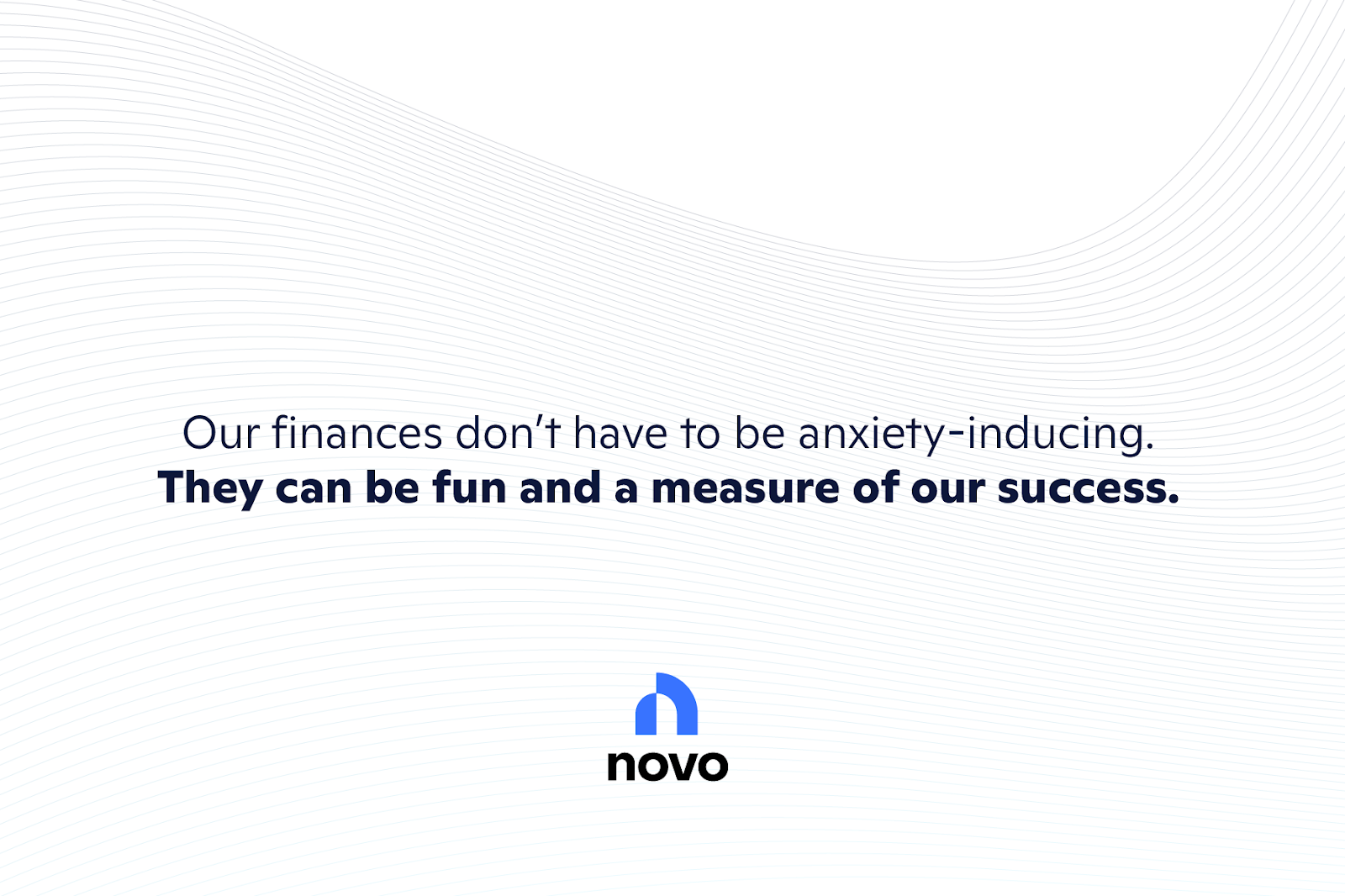
Here are the key lessons I have learned about managing my finances:
- First, start. Start the business; don’t wait until your finances are “ready.” Problems that arise because you’re getting paid to do something you love are problems worth having.
- When you find yourself worrying about money, do something about it. Stop things from getting worse. Make one change this week, then another when you can.
- You might come to find that you need to do more to “catch up.” But you might not. By stopping things from getting worse, I discovered that I could get my finances back under control over the next few years, with no other measures needed.
- Percentages are not as painful as you may think. If I’m transferring 5 percent into “Winter Is Coming,” I don’t notice it when I get a $100 payment because 5 percent is $5, and I can afford $5. When I get paid $5,000, 5 percent is $250. After that, I’ve still got $4,750 leftover, and $2,500 (50 percent) is going into my current account! Amazing! And if I don’t notice it with small amounts and don’t mind it with larger amounts, everything’s good!
- It feels great when you choose to take action about something you’re scared or worried about. It’s so meaningful to face my fears, and every time I transfer money into “Winter Is Coming” or “I Love Paying Taxes,” I get a rush. I went from feeling anxious and uncertain about my finances to feeling fantastic.
- Our finances don’t have to be anxiety-inducing. They can be fun and a measure of our success. Celebrate managing them, give your accounts funny names, and take it seriously—but not too seriously.
If there is a key lesson here, it is to start. Every week that I neglected to handle my finances made things worse. When I shifted to doing something, even something tiny, things began to work in my favor. Taking action alleviated considerable stress and left me—several years later—in a place where my finances feel happily under control.
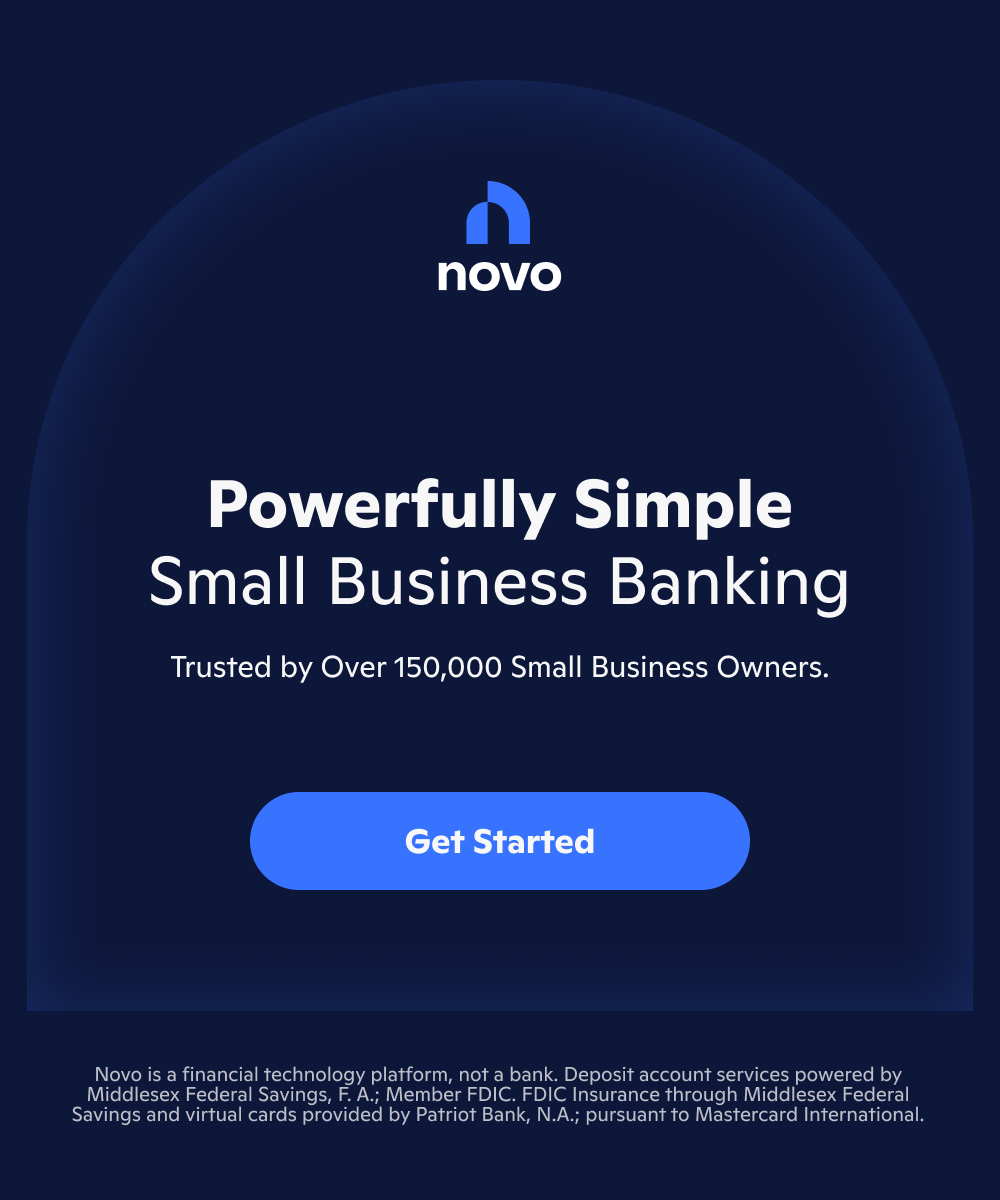
For more on the author, click here.
.png)
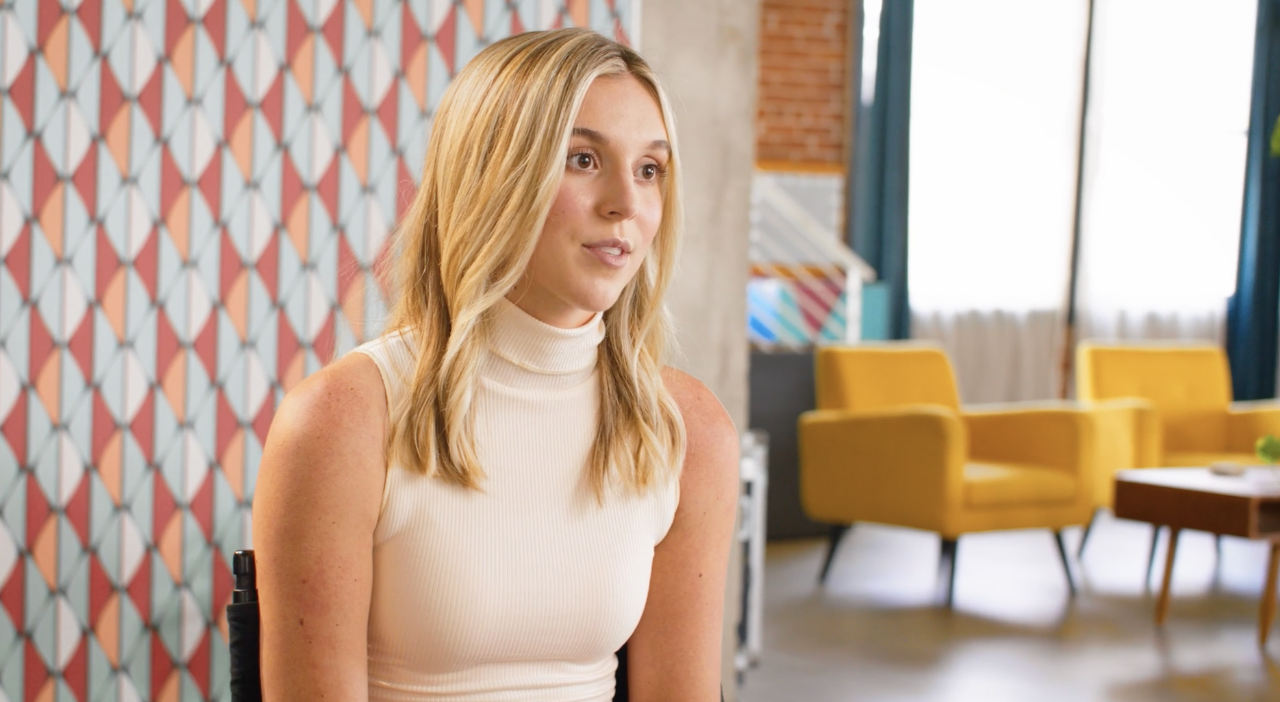
.jpg)


